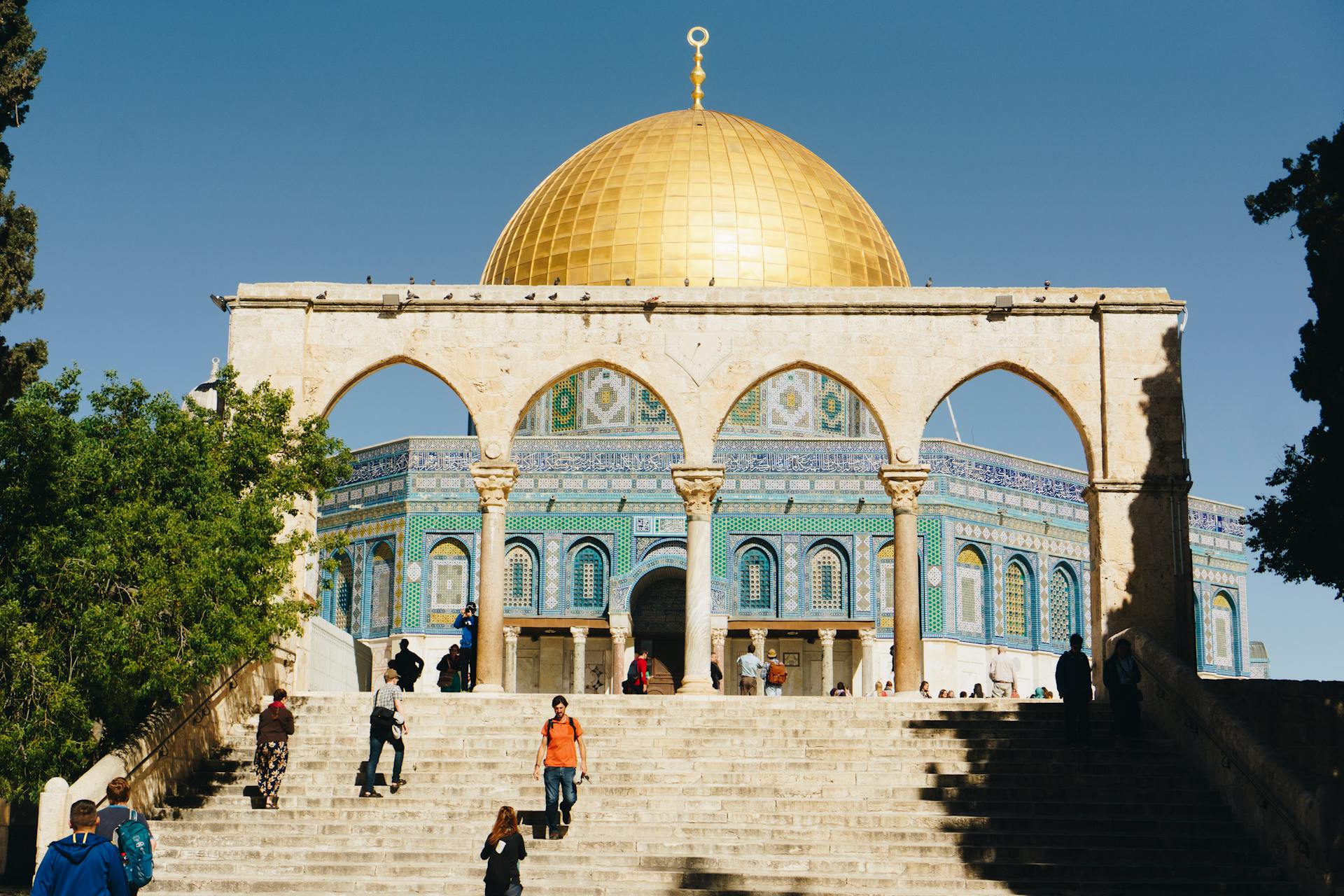 Connecting Continents
Connecting Continents
The Islamic Empire’s trade routes, stretching from the Mediterranean to the Indian Ocean, were vital arteries of commerce and culture. These routes facilitated the exchange of goods like spices, textiles, and precious metals, linking distant regions and creating a network of economic interdependence. Major trade cities like Baghdad, Cairo, and Damascus thrived as commercial hubs, bridging Asia, Africa, and Europe.
Innovations in Trade and Commerce
The Islamic Empire introduced significant innovations in trade practices. The use of letters of credit, bills of exchange, and sophisticated accounting methods revolutionized commerce. These financial instruments reduced the risks of long-distance trade and facilitated the growth of international markets, contributing to the economic prosperity of the empire.
Cultural and Technological Exchange
Trade routes were also conduits for cultural and technological exchange. Merchants carried not only goods but also ideas, knowledge, and technologies. Innovations in navigation, mathematics, and medicine spread along these routes, enriching both the Islamic world and the regions with which it traded. This vibrant exchange fostered a period of cultural and scientific flourishing known as the Islamic Golden Age.
Conclusion
The trade routes of the Islamic Empire were more than just economic pathways; they were channels of cultural and intellectual exchange that helped shape the medieval world. Their legacy is evident in the rich tapestry of global connections and advancements that emerged during this dynamic period.